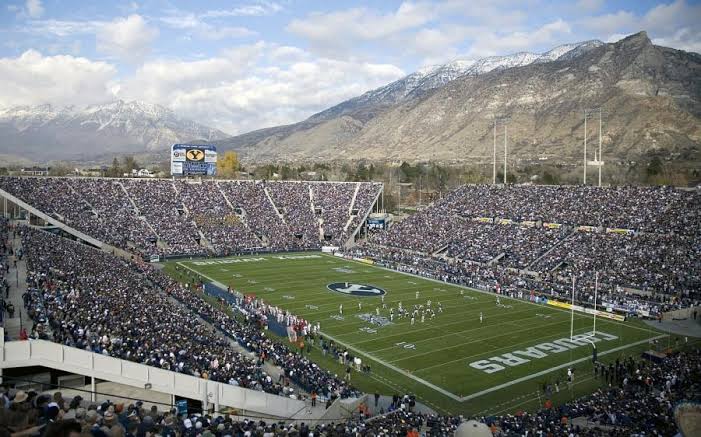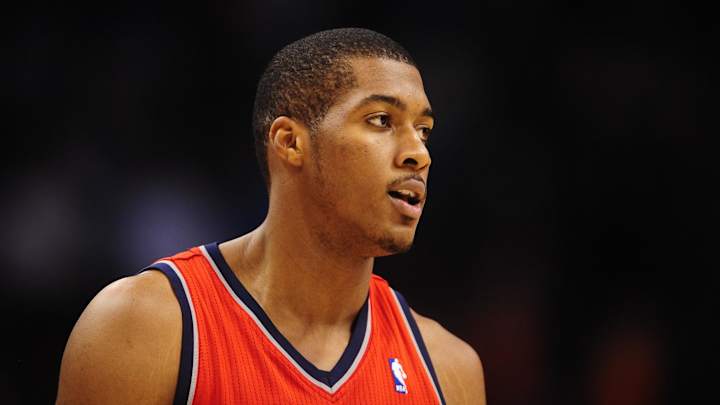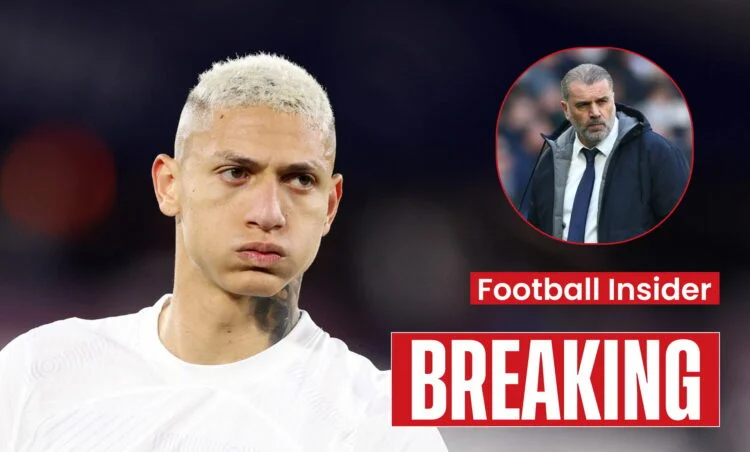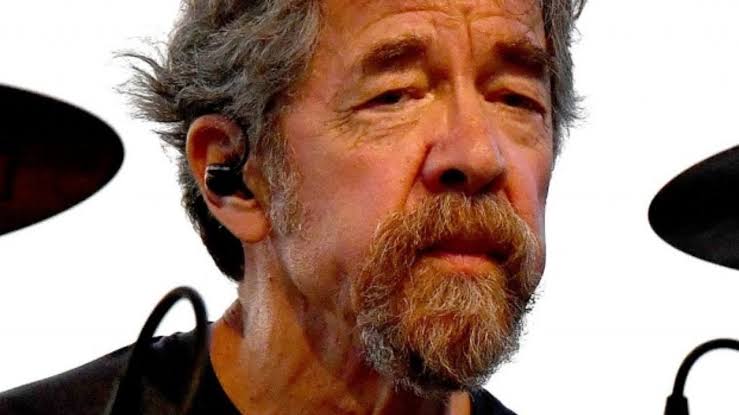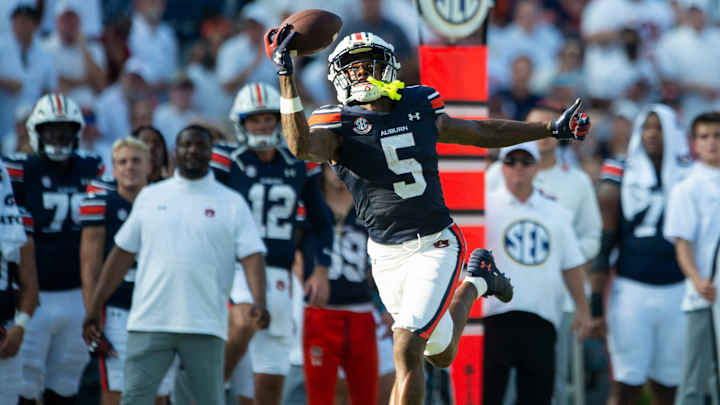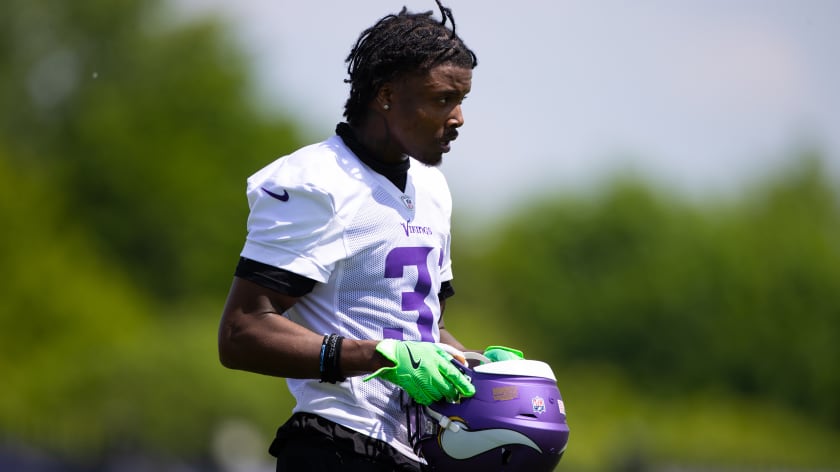
The Minnesota Vikings, a storied franchise in the National Football League (NFL), have faced their fair share of challenges and heartaches over the years. Fans of the Vikings, known for their unwavering loyalty, have experienced the highs and lows of the team’s journey, and at times, the disappointments can be particularly poignant.
One of the most heart-wrenching narratives in Vikings history is that of the team’s Super Bowl attempts. Since their inception in 1961, the Vikings have made four Super Bowl appearances, but they have yet to capture a championship title. The heartache of coming so close, only to fall short, has left an indelible mark on the franchise and its supporters. Each Super Bowl loss—particularly those in the 1970s against the Miami Dolphins, Pittsburgh Steelers, and Oakland Raiders—still resonates deeply with fans who long for that elusive victory. These defeats have often been accompanied by iconic moments of despair, such as the infamous “Hail Mary” play in 1975 and the last-minute loss to the Falcons in 1999, which only serve to deepen the sadness felt by generations of Vikings fans.
The Vikings have also faced their share of personal tragedies, which have affected both players and the broader community. The passing of beloved former players, such as legendary linebacker Chad Greenway or running back Adrian Peterson’s tumultuous personal struggles, have brought sadness not just to the organization, but to the fans who have followed these athletes through their careers. Peterson, for example, inspired many with his resilience and performance on the field, but his off-field challenges have been a reminder of the greater struggles that many face beyond football.

Another layer of sadness has been woven through the injuries that have plagued the team over the years. The most heart-wrenching of these may be the injury suffered by quarterback Teddy Bridgewater in 2016, a devastating knee injury that not only derailed a promising season but also altered the trajectory of the franchise. Bridgewater was seen as a beacon of hope for the Vikings’ future, and his subsequent challenges with recovery highlighted the fragile nature of professional sports and the human element behind the game. The anticipation of his return, followed by the uncertainty surrounding his health, left fans grappling with a mix of hope and despair.
Off the field, the Vikings organization has also confronted challenges that have affected its community ties. In 2020, the social and political landscape grew increasingly tense, and the franchise found itself at the intersection of sports and social justice. The events following the death of George Floyd in Minneapolis sparked nationwide protests, forcing teams across the NFL, including the Vikings, to reckon with their roles in supporting their communities. Although out of tragedy arose the potential for change, the sadness of societal issues continues to weigh heavily on the franchise and its supporters.
As the Vikings navigate their place in the NFL, fans remain hopeful for brighter days ahead. Despite the sadness that often accompanies the team’s journey, the unwavering support of Vikings fans serves as a testament to the resilience of the human spirit. The saga of the Vikings is one of heartache, struggle, and enduring hope, reminding us that the journey toward greatness is often fraught with challenges.

